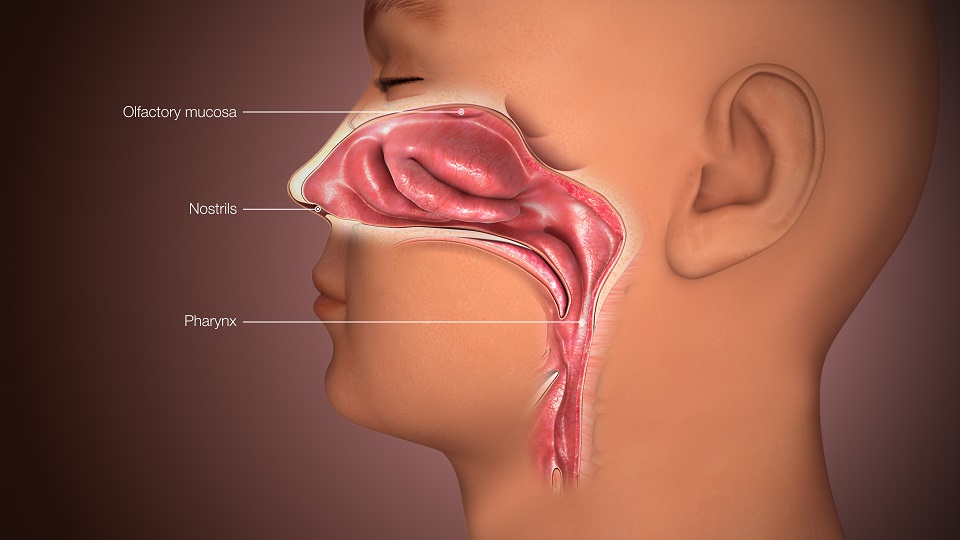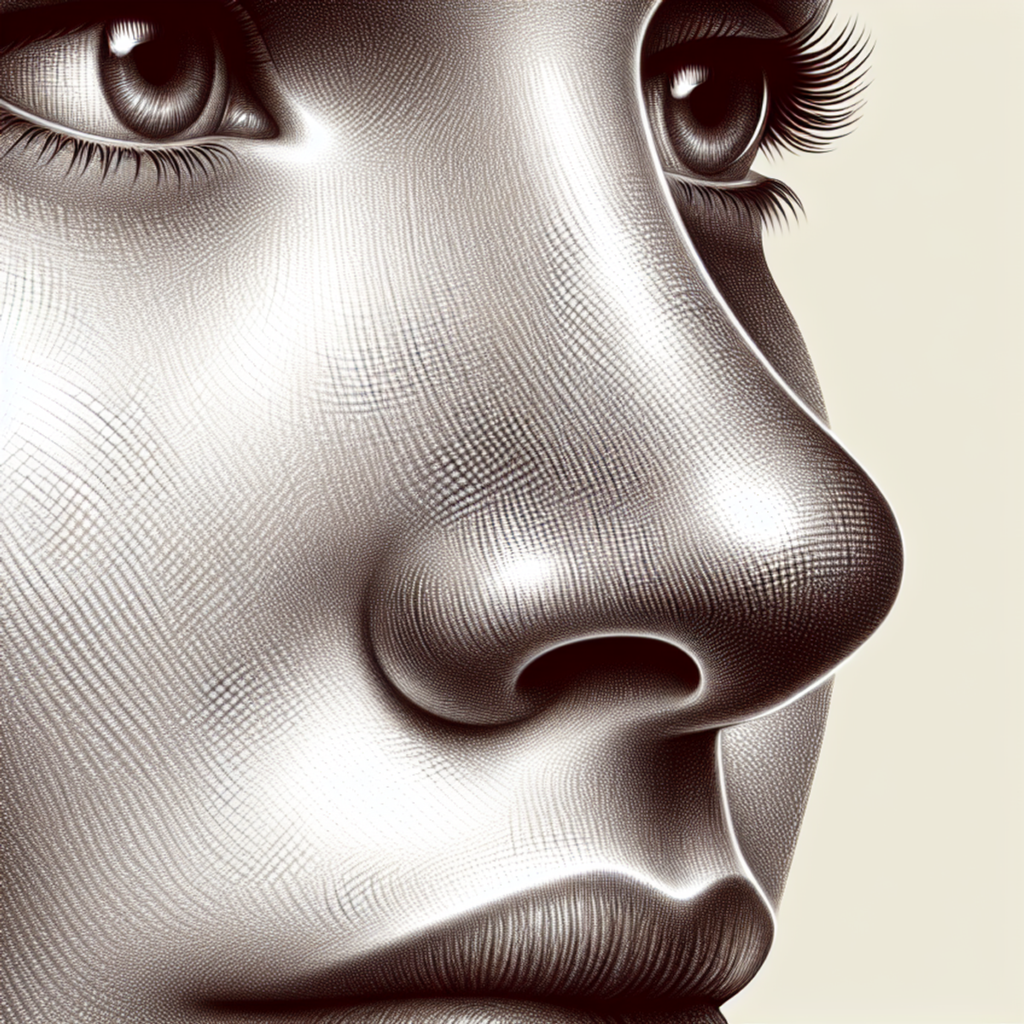The nose is the most prominent part on the face, located in close proximity to the brain. To understand the mechanisms of the development of pathological processes and ways to prevent the spread of infection, it is necessary to know the features of the structure. The basics of training at the medical University begin with the alphabet, in this case, with the study of the main anatomical formations of the sinuses.
Basic structures and functions of the nose
As the initial link of the respiratory tract, it is associated with other organs of the respiratory system. The connection with the oropharynx suggests an indirect relationship with the digestive tract, as often mucus from the nasopharynx enters the stomach. Thus, one way or another pathological process in the sinuses can affect all these structures, causing disease.
Together they make up the main olfactory organ, the main functions of which are:
Respiratory: Is the first link in the respiratory tract through the nose is normal inhaled air, the nose in respiratory failure play the role of auxiliary muscles.
Sensitive. It is one of the main senses, thanks to the receptor olfactory hairs, it is able to detect odors.
Protective: Mucus, released mucosa, allows you to retain dust particles, microbes, spores, and other coarse particles, not allowing them to pass deep into the body.
Warming: Passing through the nasal passages, cool air is heated, thanks to the close to the surface of the mucous capillary vascular grid.
Resonator: Participates in the sound of his own voice, determines the individual characteristics of the voice timbre.
Nasal cavity
This is the space between the anterior cranial fossa and the oral cavity, through which the air passes through the air duct (and also out).
The nasal cavity that communicates with the external environment with the help of ossus-cartilaginous nasal septum divided into right and left halves, has nasal cavities leading to nasopharynx.
Each half of the nose consists of four walls. The lower wall (bottom) are the bones of the hard palate; the upper wall is a thin bone, similar to a sieve, a plate through which the branches of the olfactory nerve and vessels pass; the inner wall is the nasal septum; the side wall formed by several bones has the so-called nasal shells.
The nasal shells divide the right and left half of the nasal cavity into the upper, middle and lower winding (lower, middle and upper) nasal passages. There are small holes where the nasal cavity communicates with the paranasal sinuses (upper and middle nasal passages). In the lower nasal passage, the lacrimal nose canal has an opening so that it flows into the nasal cavity.
The olfactory region (olfactory organ), painted in a yellowish-brown color, occupies part of the upper nasal passage and the posterior part of the septum; its border is the lower edge of the middle nasal shell. This area is lined with epithelium containing olfactory receptor cells.
The olfactory cells in the shaft are fitted on the mucosal surface of the vesicles with cilia. The other end of each olfactory cell extends into the nerve fiber. Such fibers bind the olfactory nerve regions. When substances with odor interact with the air in the nose, they reach the olfactory receptors through diffusion from the mucus that occupies the sensitive cells, interact chemically with them and stimulate them. This stimulation, caused by the fibers of the scent nerve, transmits to the brain that there is a smell detail.
When there is a runny nose, the sense of smell becomes dull and the food appears to be unpleasant. With the help of the odor, unwanted bad odors in the atmosphere are detected, the odor sometimes makes it possible to distinguish the distorted food from the healthy ones.



